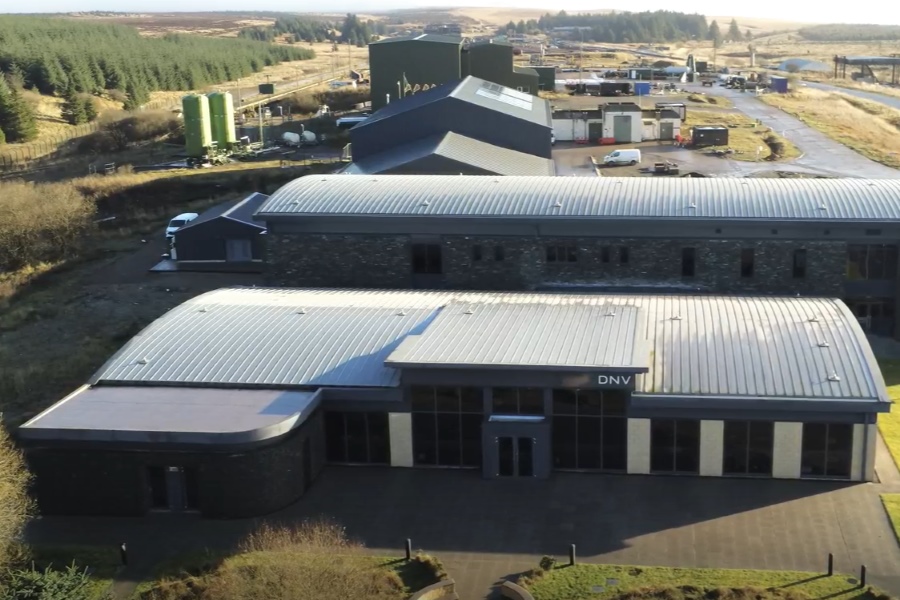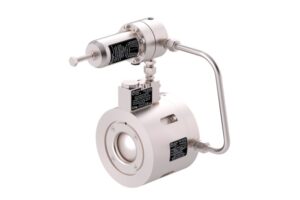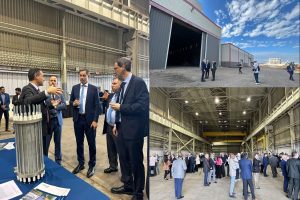The independent energy expert and assurance provider said the state-of-the-art facility will accelerate collaboration and innovation across the global energy sector while reinforcing the safety of technologies underpinning the push to net zero.
For more than 45 years, Spadeadam, located on a former RAF base, has conducted large-scale research into the consequences of major hazards and their effects on people and properties. DNV’s latest investment will create a shared space where operators, regulators and technology providers can co-develop solutions for a safer, cleaner energy future.
Hari Vamadevan, Senior Vice President and Regional Director, UK & Ireland, Energy Systems at DNV, said: “As the global energy landscape continues its evolution, balancing traditional energy expertise with sustainable transition pathways is more critical than ever.
“Our latest Energy Transition Outlook shows that although peak energy emissions have already passed, the decline that follows is too slow to put us on track for global climate goals. That is why action, and particularly collaboration, is so important right now.”
Mr Vamadevan added: “Spadeadam is a unique space that brings the industry together in a controlled environment where we can rigorously test new technologies, simulate real-world risks, and share the lessons learned. By providing a space like this, we are ensuring the workforce is prepared for the challenges ahead. This investment also is in people, knowledge, and the partnerships that will enable a Just Transition. Our goal is simple – to give the sector the tools and confidence it needs to deliver a safer, cleaner, and more sustainable energy future – but we can only achieve it by working together.”
The upgraded facility incorporates immersive technologies such as 4k streaming, advanced AV-equipped rooms, a 200-seater lecture hall, and hospitality services to enhance global accessibility and collaboration. It also hosts DNV’s ‘Skylark’ joint industry project, which is advancing safety standards in CO₂ pipeline operations and delivering tangible improvements in safety systems for hydrogen infrastructure and CCS deployment.
Complementing its research activities, the site provides world-class training that simulates real-world scenarios, from hydrogen leak simulations to offshore wind safety protocols. These programmes are tailored to meet the evolving needs of both national and international customers.






